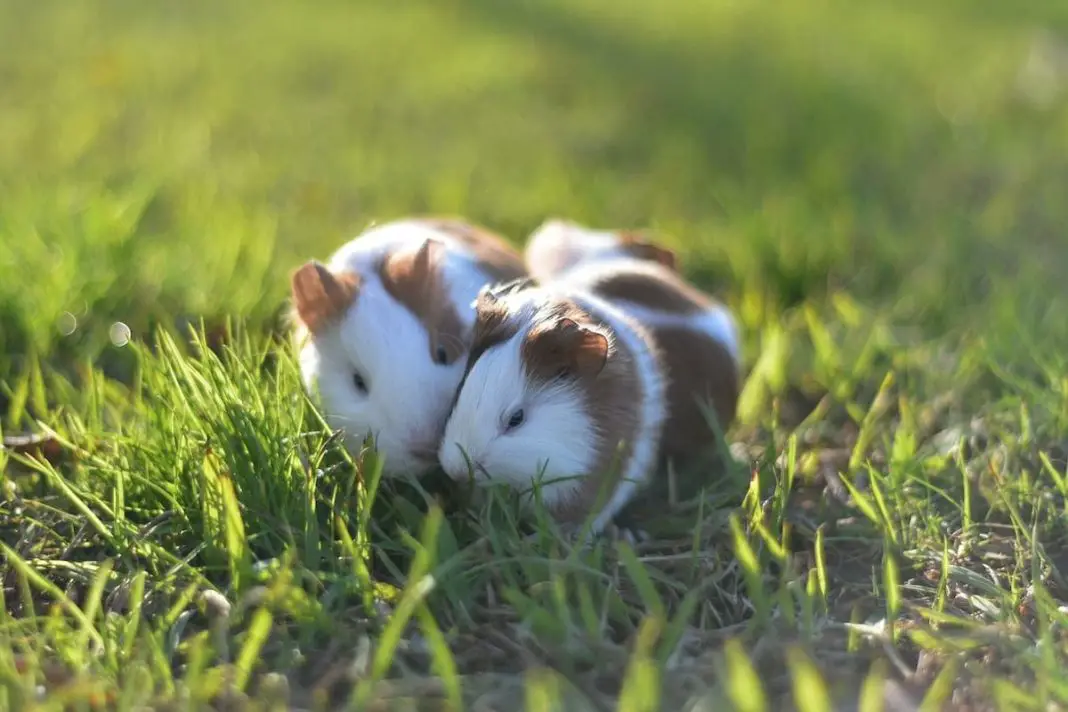Quicklinks
- Can Hamsters Eat Collard Greens?
- Are Collard Greens Good For Hamsters?
- How Much Collard Greens Can A Hamster Eat?
- Can Hamsters Eat Cooked Collard Greens?
- Do Hamsters Like Collard Greens?
A hamster’s diet should mainly be comprised of seeds, nuts, and the occasional fruit treat. Due to the wide variety of fruits and vegetables out there, it can be difficult for new owners to know which vegetables are safe to feed their hamster and which ones to avoid.
Can Hamsters Eat Collard Greens?
The good news is that hamsters can eat collard greens, as they’re a good source of essential vitamins, minerals, and dietary fiber. However, hamsters can quickly become bored if they’re overindulged in vitamin-rich foods. Therefore, knowing how much collard greens to feed your hamster is important. Additionally, you should only feed your hamster fresh, raw vegetables to better preserve the nutrients.
Most hamsters will love the taste of this fresh, leafy vegetable. Although, you need to take care when introducing new vegetables into your hamster’s diet slowly.
Are Collard Greens Good For Hamsters?
When compared to other vegetables within the same family, all variants of collard greens have the same nutritional value, although there’s quite a noticeable disparity between the nutrients they each provide.
The following nutritional values are based on 100-gram collard greens:
- Water 89.62 grams
- Carbohydrate 5.42 grams
- Protein 3.02 grams
- Fat 0.61 grams
- Dietary Fiber 4 grams
- Calcium 232 milligrams
- Vitamin A 251 micrograms
- Vitamin C 35.3 milligrams
- Vitamin K 437.1 micrograms
Collard greens are high in dietary fiber and calcium content. They also have the second-highest protein, fat, vitamin A, and vitamin K content out of the other members of the Brassica plant family listed.
A hamster’s diet should consist mainly of fiber, especially the fiber that dark green vegetables like collard greens provide. This is because fiber aids with a hamster’s digestion.
Keep in mind that this does not mean collard greens are the only vegetable you should feed your hamster. Hamsters can benefit from small doses of vitamins and minerals in their meals, but overloaded with these key nutrients can have an adverse side effect on their health.
How Much Collard Greens Can A Hamster Eat?
Collard greens are a great vegetable to feed to your hamster, although its high calcium and vitamin content doesn’t make it very safe to give in excess amounts. This isn’t to say that you should restrict your hamster from accessing calcium-rich foods completely. It is OK to feed hamsters foods that have some calcium in them, now and then.
It’s important for hamsters to get a steady supply of calcium to maintain strong bones and to constantly create new, healthy dental tissue to keep up with their ever-growing teeth.
It’s best to feed your adult hamster a few tablespoons of mixed vegetables daily to ensure that they don’t only consume too much collard greens. Of course, you should always take your hamster’s age, gender, and breed and adjust this amount accordingly. Younger hamsters don’t require the same amount of nutrients compared to adult hamsters.
Can Hamsters Eat Cooked Collard Greens?
You should not feed hamsters cooked collard greens as you will lose some essential vitamins and minerals during the cooking process. Vitamins B and C are nutrients that are most likely to be lost due to how easily they break down in the heating process.
Cooking collard greens will also soften and reduce the vegetable’s overall crunchiness. As your hamster’s teeth are constantly growing, they enjoy foods with crunchy textures to help wear them down. Hamsters can become more susceptible to misalignment and other dental issues and diseases without this constant wearing down of their teeth.
Do Hamsters Like Collard Greens?
Just like any animal, different hamsters will have different preferences on which vegetables they enjoy more. Some pet hamsters may adore the leafy green vegetable while others may turn their noses up at it.
It can also depend on how you introduce collard greens into your hamster’s diet. You should always introduce any new vegetable to your hamster slowly. It’s better to sneak in small bits of collard greens into your hamster’s meals every 2 to 3 days. That way, if there’re any problems with their digestive health, you’ll be able to quickly identify which of its foods is the cause.
Hamsters can get bored with being fed the same foods every single day. Even if your hamster loves collard greens, it’s always good to rotate the vegetables you feed it every now and then to keep them happy. You should remove any stray bits of vegetables you come across in your hamster’s cage before they start to rot.
